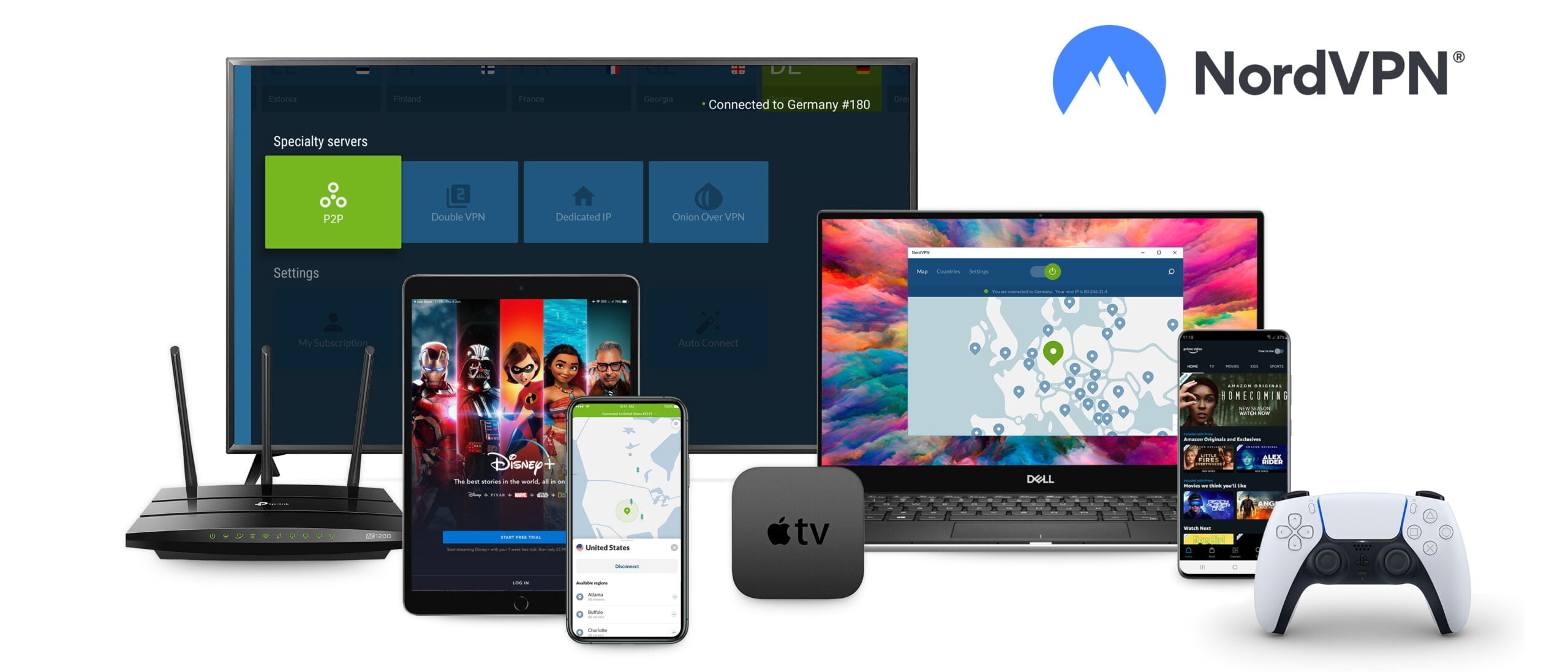Introduction to Raspberry Pi for Bug Bounty Hunters
Unlocking the Potential of Miniature Computing

Unleashing the Raspberry Pi: A Tiny Titan in Cybersecurity
Welcome, fellow explorers of the digital frontier! Today, we’re diving into a topic that merges innovation with ingenuity, bringing to light a tool that’s small in stature but monumental in impact—the Raspberry Pi. In our quest to fortify the digital world, the arsenal at our disposal defines the breadth and depth of our explorations. Among these tools lies a device that, despite its modest appearance, has revolutionized our approach to uncovering the hidden crevices of cyberspace where vulnerabilities lurk.
The Raspberry Pi, a device no bigger than a credit card, has swiftly climbed the ranks to become a staple in the cybersecurity toolkit, championed by the curious minds of hobbyists, educators, and vigilant guardians of cybersecurity. It’s a testament to how power can be packaged in small sizes and how innovation knows no bounds.
In this journey we’re embarking on together, we’ll unravel the tale of the Raspberry Pi—from its humble beginnings aimed at educating the next generation of computer scientists to its rise as a versatile powerhouse embraced by cybersecurity professionals and bug bounty hunters alike. We’ll delve into what makes the Raspberry Pi such a cherished tool in our community, exploring its capabilities that stretch far beyond its compact frame.
So, BugBustersUnited fam, gear up as we venture into the world of the Raspberry Pi. Whether you’re a seasoned hunter or new to the chase, understanding the potential of this tiny titan will not only expand your toolkit but also inspire a fresh perspective on what’s possible in the realm of cybersecurity and ethical hacking. Let’s discover how this miniature marvel can amplify our efforts to safeguard the digital cosmos.
The Genesis of Raspberry Pi
Embark with me, BugBustersUnited, on a journey back to where it all began—the inception of the Raspberry Pi. This tiny yet formidable device didn’t just spring out of the digital ether; it was born out of a visionary quest to reignite the spark of computing creativity and ingenuity in the younger generation. Let’s delve into the developmental odyssey of Raspberry Pi, tracing its path from an educational prototype to a cornerstone of technological innovation and a treasured ally in cybersecurity.
The Educational Spark
In the late 2000s, a group of like-minded computer scientists at the University of Cambridge’s Computer Laboratory noticed a troubling trend. Students entering the university had dwindling hands-on experience with programming and computer hardware. The Raspberry Pi was conceived as a beacon of solution. This low-cost, accessible computing platform could be easily manipulated, encouraging experimentation, learning, and the development of computing skills from a young age.
From Concept to Reality
The Raspberry Pi Foundation, a charitable organization, was established to bring this vision to life. By 2012, the first Raspberry Pi model was released to the public. It was a bare-bones computer board designed to be connected to a TV or monitor and a keyboard, making computing accessible to all. Its affordability and openness made it an instant hit, not just in education but among enthusiasts and professionals keen on tinkering and creating.
Evolution of a Computing Icon
What started as a simple tool aimed at education swiftly transcended its original purpose. The Raspberry Pi evolved through several iterations, each enhancing its processing power, connectivity, and versatility. This evolution was propelled by a growing community of users who saw beyond its educational value, applying the Raspberry Pi to a myriad of projects, from home automation to, most notably, cybersecurity.
Raspberry Pi in the Cybersecurity Arena
The cybersecurity community quickly recognized the Raspberry Pi’s potential as a versatile tool for security research. Its portability, affordability, and capability to run various Linux distributions made it ideal for penetration testing, network monitoring, and as a portable hacking kit. The Raspberry Pi could be transformed into anything from a pocket-sized pen-testing machine to a home security sensor network, proving that great power could indeed come in small packages.
The genesis of the Raspberry Pi is a testament to the power of innovation aimed at education and its capacity to ripple through industries, including the realm of cybersecurity. Its journey from an educational tool to a beloved gadget in the cybersecurity toolkit illustrates the device’s adaptability and the creative potential of the community that has embraced it. As members of BugBustersUnited, the Raspberry Pi serves as a tool in our endeavors and a symbol of what’s possible when curiosity meets technology.
Raspberry Pi: A Cybersecurity Swiss Army Knife
In the dynamic world of cybersecurity, where adaptability and versatility are paramount, the Raspberry Pi emerges not just as a tool but as a multi-faceted ally. This section delves into the intrinsic qualities of the Raspberry Pi that elevate it to an indispensable asset in the arsenal of cybersecurity practitioners and ethical hackers. From its humble beginnings, the Raspberry Pi has evolved into a powerhouse of computing capability, encapsulating robust technical specifications within its compact frame.
Technical Specifications and Performance
At the heart of the Raspberry Pi’s allure are its impressive technical specifications, which belie its modest size:
- Processing Power: Equipped with CPUs that range from single-core processors in its earliest iterations to the quad-core ARM Cortex-A72 in the latest Raspberry Pi 4 models, it offers the computational might necessary for a wide array of cybersecurity tasks.
- Memory: With RAM options that have expanded from a mere 256MB to up to 8GB in the most recent versions, the Raspberry Pi can accommodate demanding applications and simulations, making it a suitable platform for security research and testing.
- Networking Capabilities: Integral to cybersecurity tasks, the Raspberry Pi boasts Ethernet connectivity and Wi-Fi support, facilitating network monitoring, penetration testing, and vulnerability assessment with ease.
A Platform for Customization and Innovation
What sets the Raspberry Pi apart is its hardware and unparalleled flexibility. The device’s open architecture and the supportive ecosystem of software and accessories provide the groundwork for customization:
- Operating Systems and Software: The Raspberry Pi supports various operating systems, including Raspberry Pi OS, Ubuntu, and even specialized distributions like Kali Linux for penetration testing. This flexibility allows users to configure the device with the precise tools and environments needed for their specific cybersecurity objectives.
- Accessories and Modules: From cameras and touchscreen displays to HATs (Hardware Attached on Top) that expand its capabilities further, the ecosystem of accessories empowers users to extend the Raspberry Pi’s functionality. Whether it’s setting up a portable penetration testing kit or creating a custom network monitoring solution, the possibilities are virtually limitless.
- Community Support: Perhaps the Raspberry Pi’s most significant advantage is its vibrant surrounding community. From forums and online tutorials to workshops and hackathons, the community provides a wealth of knowledge and support, fostering innovation and problem-solving in cybersecurity and beyond.
The Raspberry Pi’s journey from an educational tool to a cybersecurity Swiss Army knife exemplifies the power of technology to adapt and serve multifaceted roles. Its blend of processing power, memory, and networking capabilities, combined with an unmatched level of customization and community support, makes the Raspberry Pi a valuable ally in the continuous battle to secure the digital domain. Whether you’re conducting vulnerability assessments, monitoring networks, or experimenting with new security measures, the Raspberry Pi offers a versatile platform to explore, innovate, and protect.
Why Raspberry Pi Shines in Cybersecurity
In cybersecurity’s intricate and ever-evolving realm, the Raspberry Pi stands out as a beacon of innovation and utility. Its ascent to prominence among cybersecurity professionals and bug bounty hunters is no mere coincidence; it is the culmination of several intrinsic qualities that align perfectly with the demands of modern cybersecurity practices. This section illuminates the unique attributes of the Raspberry Pi that contribute to its widespread adoption and effectiveness in the field.
Portability: Your Cybersecurity Toolkit On-the-Go
One of the Raspberry Pi’s most defining features is its compact size, which belies its powerful capabilities. This portability makes it an exceptional tool for cybersecurity professionals who require mobility without compromising on functionality. Carrying a fully functional computing device in your pocket allows for on-site assessments, real-time testing in diverse environments, and the flexibility to set up impromptu testing stations wherever necessary.
Low Cost: Democratizing Cybersecurity Tools
Perhaps one of the Raspberry Pi’s most compelling aspects is its affordability. With models available at a fraction of the cost of a standard laptop or desktop computer, it lowers the barrier to entry for aspiring cybersecurity enthusiasts and bug bounty hunters. This accessibility democratizes the field, making powerful tools available to a wider audience and encouraging experimentation and learning without significant financial investment.
Versatility: A Multi-Purpose Cybersecurity Platform
The versatility of the Raspberry Pi is another cornerstone of its appeal. Capable of running various operating systems and equipped with GPIO (General Purpose Input/Output) pins for hardware projects, the Raspberry Pi can be transformed into a multitude of cybersecurity tools. From serving as a network monitoring node, a penetration testing rig, or even a platform for developing and testing security automation scripts, its applications are limited only by the user’s imagination.
- Network Monitoring and Analysis: With the right tools, the Raspberry Pi can monitor network traffic, analyze packets, and detect suspicious activities, making it invaluable for maintaining network security.
- Penetration Testing: Configured with specialized software like Kali Linux, the Raspberry Pi becomes a portable penetration testing device capable of assessing the security of systems and applications.
- Vulnerability Discovery and Exploitation: Its capacity to host various security tools allows for targeted attacks against specific vulnerabilities, aiding in the discovery and responsible reporting of security weaknesses.
- Education and Training: Beyond its operational capabilities, the Raspberry Pi is an excellent educational platform, allowing individuals to learn about cybersecurity concepts and practices hands-on.
In conclusion, the Raspberry Pi’s combination of portability, affordability, and versatility carves out its esteemed place in cybersecurity. It embodies the principles of accessibility and innovation, offering a powerful yet cost-effective solution for a wide range of cybersecurity tasks. Whether for professional engagements or personal exploration, the Raspberry Pi provides a flexible and capable platform that encourages creativity and effectiveness in the pursuit of securing the digital landscape.
Integrating Raspberry Pi into Your Security Toolkit
Embarking on your cybersecurity and ethical hacking journey with the Raspberry Pi opens a realm of possibilities. This versatile device not only complements your existing toolkit but can also become a cornerstone of your security investigations. Whether you’re a seasoned professional or a curious novice, integrating the Raspberry Pi into your arsenal requires thoughtful consideration of your objectives, selecting the right model and accessories, and setting up an environment conducive to your security tasks. Let’s navigate through the essential steps to incorporate the Raspberry Pi into your cybersecurity endeavors seamlessly.
Selecting the Right Raspberry Pi Model
The Raspberry Pi family includes several models, each with its unique specifications and capabilities. Choosing the right one depends on your specific needs:
- For Lightweight Tasks: If you focus on basic network monitoring or running simple scripts, earlier models like the Raspberry Pi 3 or even the Raspberry Pi Zero can be cost-effective.
- For Demanding Applications: The Raspberry Pi 4 is better suited for more resource-intensive tasks such as running multiple security tools or handling complex computations, with its higher RAM options and improved processor.
Essential Accessories for Cybersecurity Tasks
To harness the full potential of the Raspberry Pi in cybersecurity applications, equipping it with the right accessories is crucial:
- Reliable Power Supply: Ensure you have a stable and adequate power supply, especially for the Raspberry Pi 4, which requires more power than its predecessors.
- Network Adapter: While the latest Raspberry Pi models have built-in Ethernet and Wi-Fi, consider a USB Ethernet or Wi-Fi adapter for enhanced network capabilities or models without onboard networking.
- MicroSD Card: For your operating system and tools, opt for a high-quality, high-speed microSD card. A card with at least 32GB of storage is recommended for most security tasks.
Setting Up Your Raspberry Pi for Security
Once you’ve selected your Raspberry Pi model and gathered the necessary accessories, setting up your device for cybersecurity activities involves a few key steps:
- Choosing an Operating System: While Raspberry Pi OS is the standard choice for many, security-focused distributions like Kali Linux for Raspberry Pi offer a pre-configured environment loaded with tools for penetration testing and security research.
- Installing Security Tools: Depending on your chosen OS, you might need to install additional security tools. Utilize the package manager or download tools directly from trusted sources to equip your Raspberry Pi with the necessary software for your tasks.
- Configuring Network Settings: Adjust the network settings to suit your testing environment, whether you’re connecting to a lab network for controlled experiments or using the Raspberry Pi in real-world assessments.
Leveraging the Raspberry Pi Community
An extensive and active community backs the Raspberry Pi. Engaging with forums, tutorials, and project ideas can provide additional insights, help troubleshoot issues, and inspire new uses for your Raspberry Pi in cybersecurity.
Integrating the Raspberry Pi into your security toolkit is not just about adding a new device; it’s about embracing a tool that offers unparalleled versatility and adaptability in cybersecurity. By selecting the appropriate model, equipping it with the right accessories, and configuring it for your specific security needs, the Raspberry Pi can become an invaluable asset in your ethical hacking endeavors, propelling your capabilities and unlocking new potentials in your quest to secure the digital world.
Your Miniature Ally in the Cyber Battle
As we draw the curtain on our exploration of the Raspberry Pi in the realm of cybersecurity, it’s evident that this tiny titan packs a punch far beyond its physical dimensions. Through our journey together, we’ve unveiled the essence of the Raspberry Pi—not merely as a piece of technology but as a beacon of innovation and a versatile ally for bug bounty hunters and cybersecurity warriors.
The Raspberry Pi is a testament to how size does not dictate capability. Its stature as a favored tool among seasoned professionals and passionate enthusiasts underscores its remarkable impact on cybersecurity. This compact device opens doors to a world brimming with possibilities, from network monitoring and penetration testing to serving as a portable platform for ethical hacking endeavors.
Integrating the Raspberry Pi into your cybersecurity toolkit is akin to unlocking a treasure chest of flexibility, creativity, and innovation. It challenges us to think differently and approach our quest for vulnerabilities with a renewed perspective that blends traditional methodologies with the ingenuity that the Raspberry Pi facilitates.
So, to all my fellow BugBustersUnited members, I urge you to embrace the potential of the Raspberry Pi. Let this miniature computing powerhouse serve as a catalyst in your cybersecurity pursuits. Whether you’re delving into the intricacies of network security, crafting custom tools, or embarking on comprehensive penetration tests, the Raspberry Pi offers a unique platform to expand your horizons and enhance your bug-hunting arsenal.
Let’s not underestimate the power of small beginnings, for within this compact device lies the capacity to significantly contribute to our collective mission of securing the digital domain. The Raspberry Pi is not just a tool; it’s a companion on our journey through the ever-evolving landscape of cybersecurity, demanding our creativity, adaptability, and relentless pursuit of knowledge.
Together, with the Raspberry Pi by our side, we stand ready to face the challenges ahead, armed with innovation and driven by our unwavering commitment to ethical hacking. Let’s continue to push the boundaries, explore new territories, and fortify the digital world against vulnerabilities, one Raspberry Pi project at a time.








